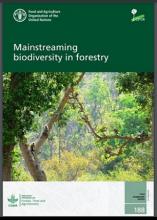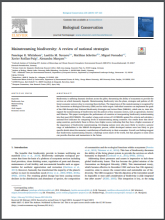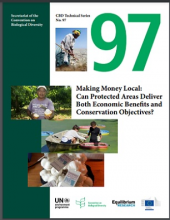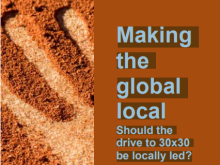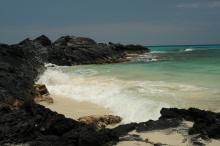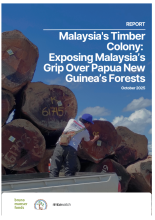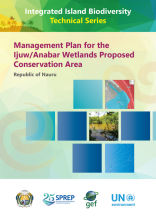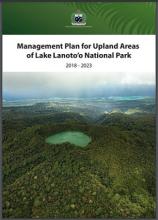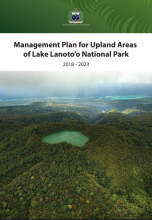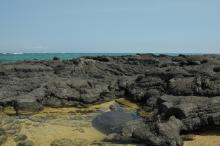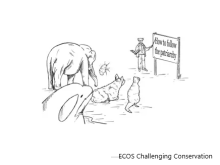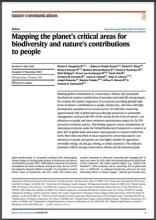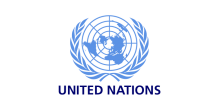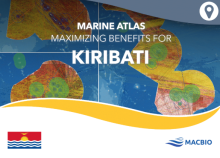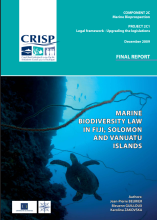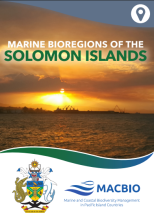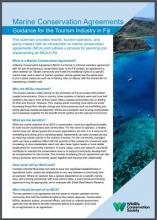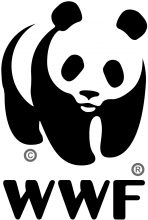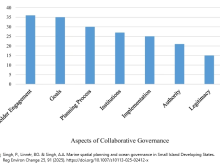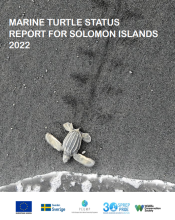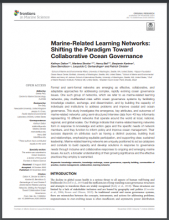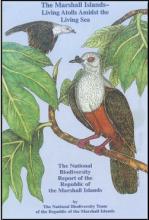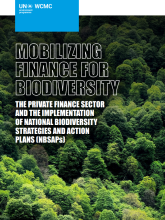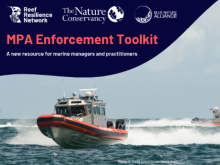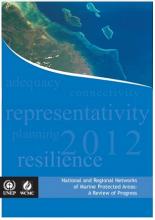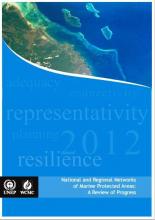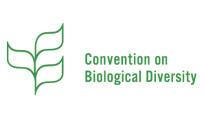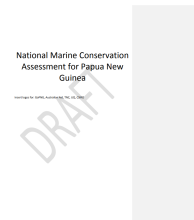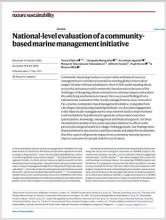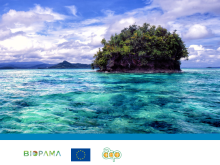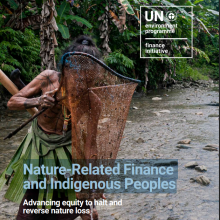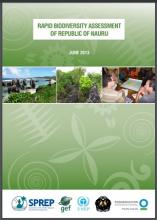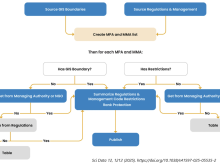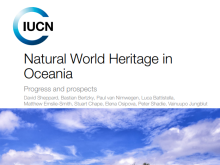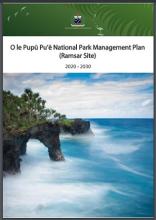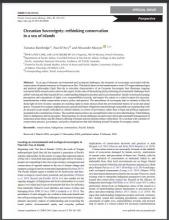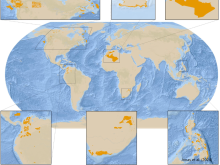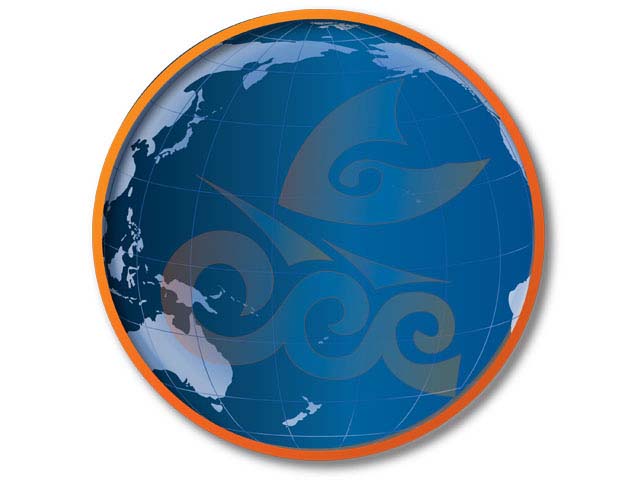
There are many global initiatives that provide information, resources and tools for practitioners at protected areas. Due to the nature of these initiatives, they tend to be broad-scale and do not necessarily hold information about many of the smaller protected areas such as those in the Pacific where many protected areas fall under local indigenous conservation and management. However, some of these global networks and partnerships provide practitioners with tools that can be adapted for use anywhere. You may also find that there are training, funding and other opportunities that can help you with efforts in your own location.
Below are descriptions of some global protected area networks and partnerships providing information and support to practitioners around the world. There are also a large number of other networks and partnerships that can provide conservation and technical assistance in various forms.
Making waves: The science and politics of ocean protection
Lubchenco, Jane, and Kirsten Grorud-Colvert. 2015. Making waves: The science and politics of ocean protection. Science Vol.
Management of plan for the Ijuw/Anabar wetlands proposed conservation area (PCA) - Republic of Nauru
Marine Areas Beyond National Jurisdictions - What to do?
In June, 2015 the United Nations General Assembly approved a resolution calling for the development of an international legally-binding
Marine protection targets: an updated assessment of global progress
Oonzaier, L. B. and D. Pauly. 2016. Marine protection targets: an updated assessment of global progress. Oryx 50(1), 27–35.

